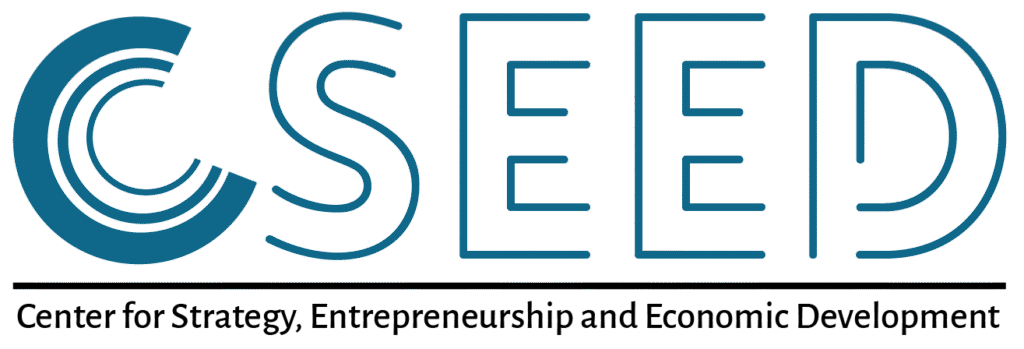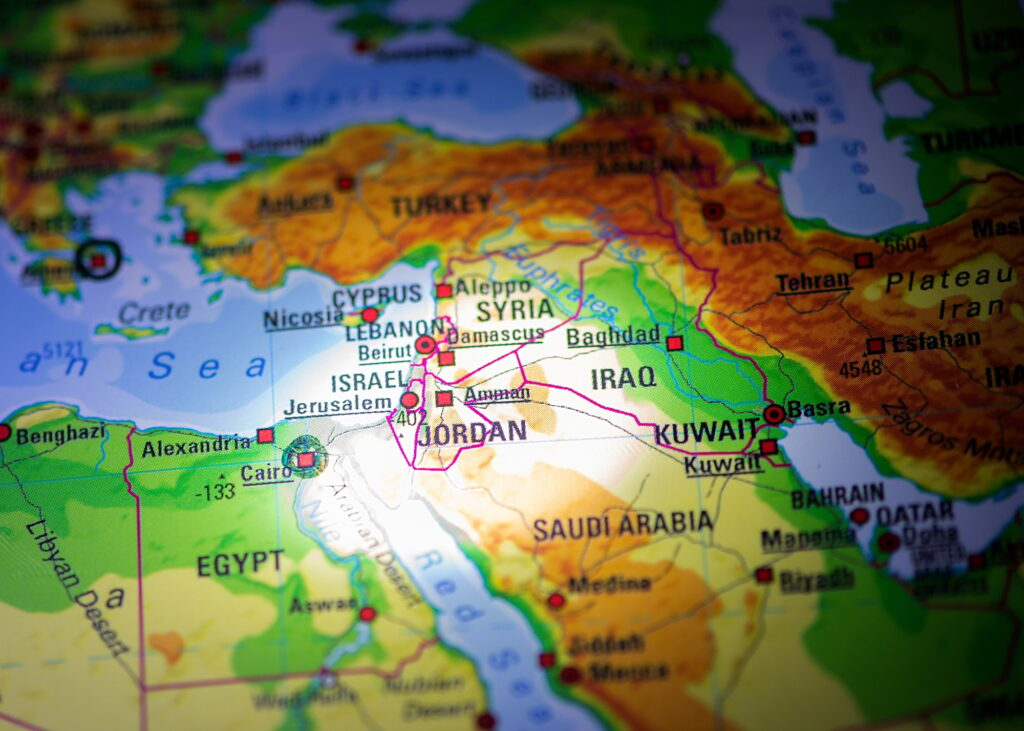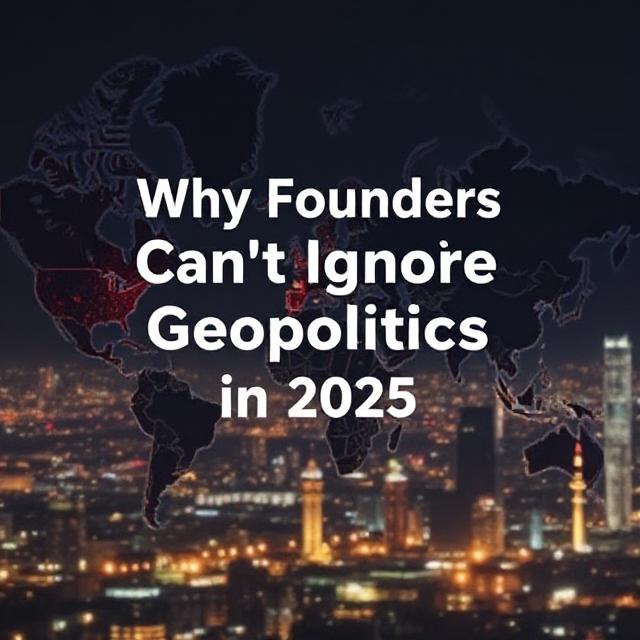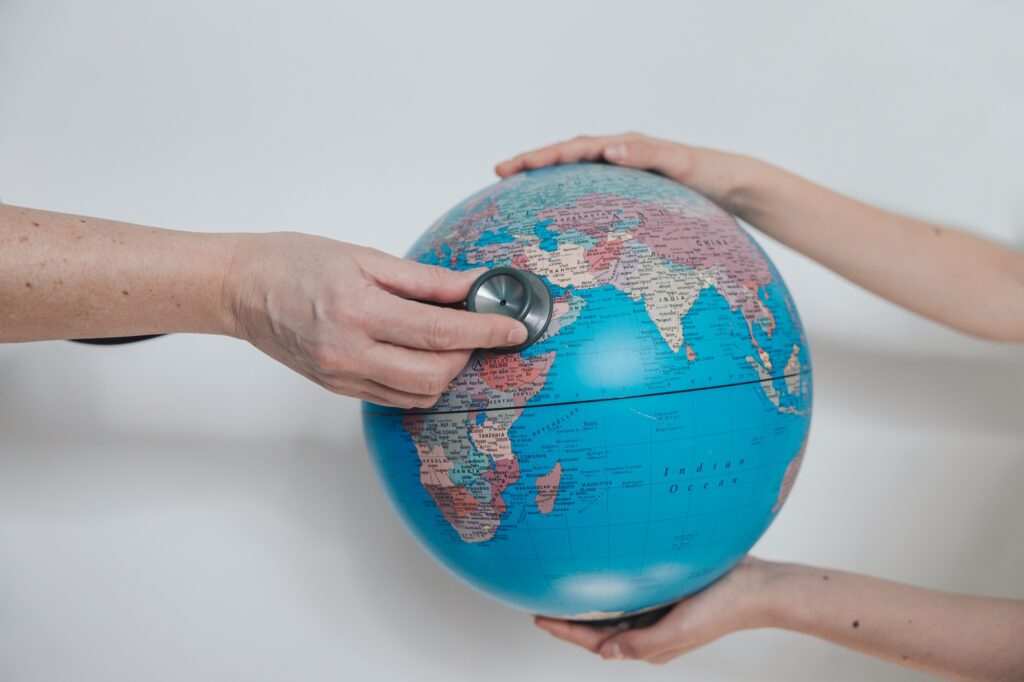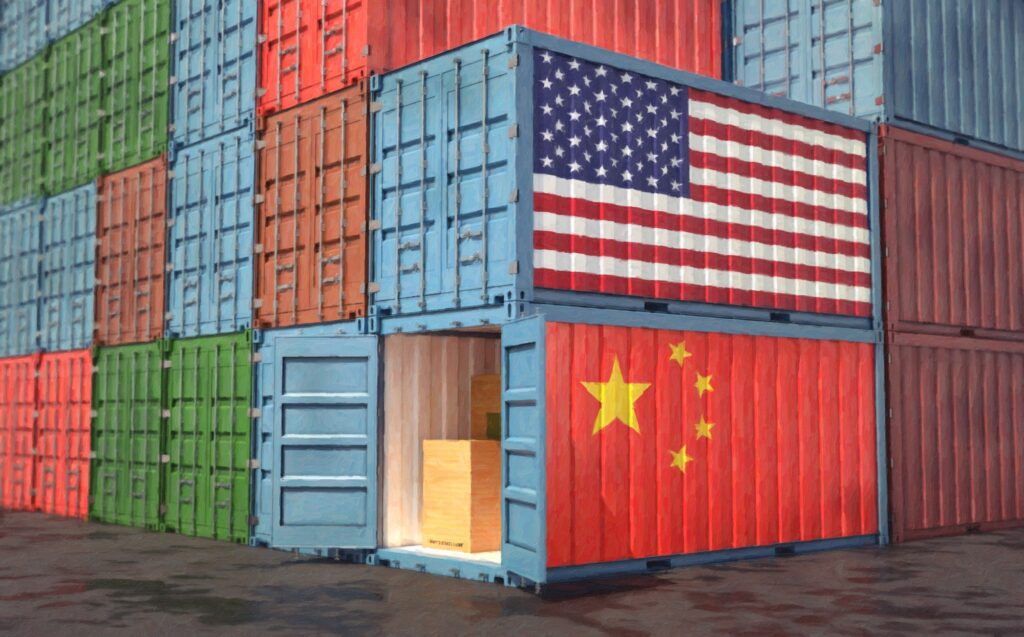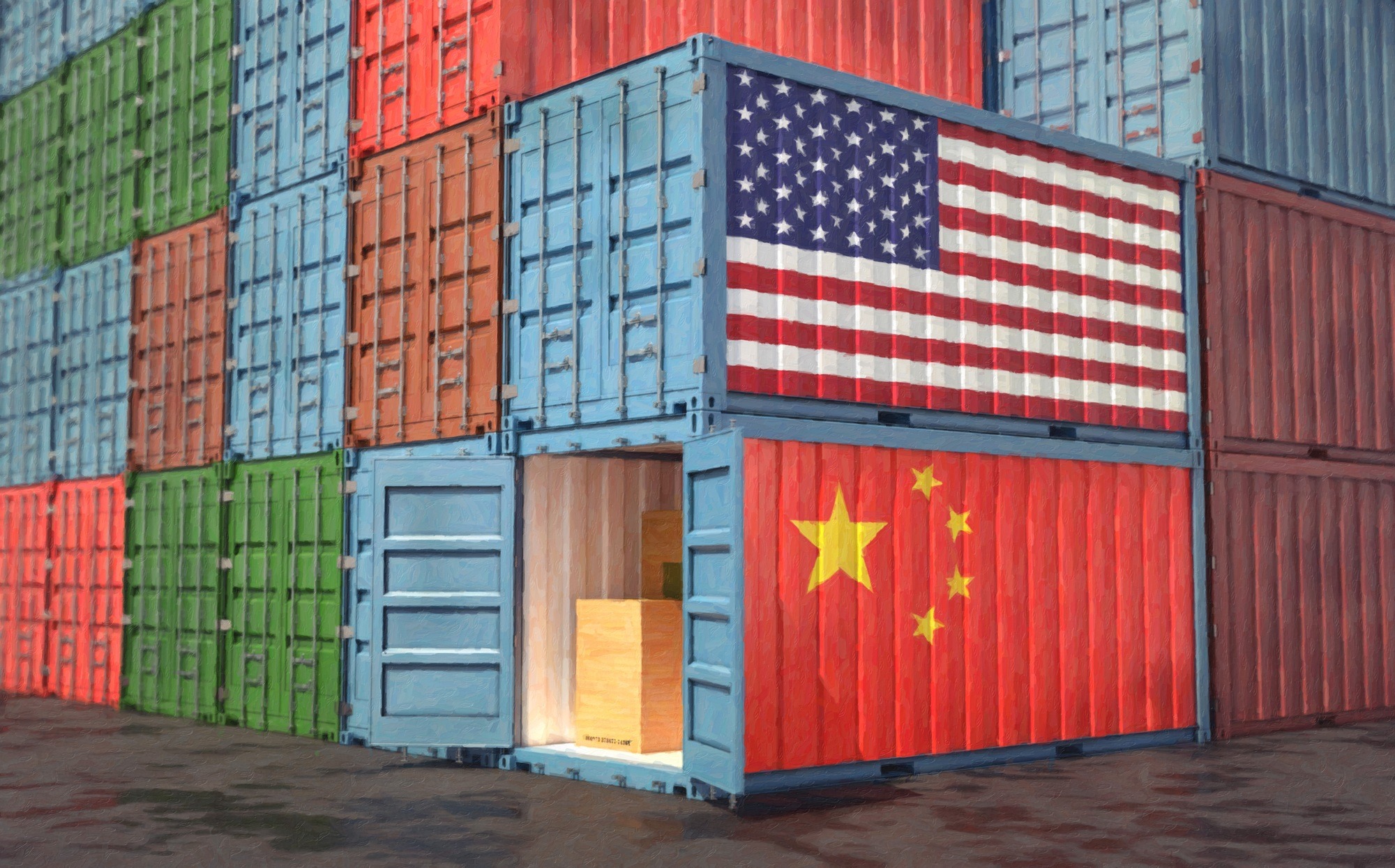In 2025, the world economy is more interconnected than ever, yet also more fragile. Amid the rise of AI, climate-driven disruptions, and shifting global alliances, a powerful but often under-acknowledged truth has come back into sharp focus, Middle East Stability.
Middle East Stability isn’t just a regional concern. It’s a global economic linchpin.
The closure of the Strait of Hormuz, ongoing tensions across the Red Sea, and the broader volatility stretching from Gaza to the Gulf have exposed just how dependent the global system still is on a region long treated as geopolitically volatile but economically reliable.
That assumption may no longer hold.
Not Just Oil but A Networked Vulnerability
For decades, the Middle East has been associated primarily with energy supply. That remains true; over 30% of the world’s oil exports pass through Hormuz. But in recent years, the region has also become deeply embedded in:
-
Global trade routes (shipping, aviation, logistics)
-
Capital flows (sovereign wealth funds, venture capital)
-
Digital infrastructure and fintech
-
Construction, labor, and materials supply chains
As a result, the effects of instability here now ripple far beyond fuel prices. Insurance premiums on shipping have surged. Rerouted cargo is slowing supply chains. Investment is hesitant. And key economic hubs once considered buffers are being reassessed for their proximity to flashpoints.
The Assumption of Gulf Stability Is Being Re-evaluated
Cities like Dubai, Abu Dhabi, and Doha have long marketed themselves as politically neutral, economically open, and safe for global business. And until now, the world largely accepted that narrative. But the geography of risk is changing.
With conflict and retaliation spilling across maritime and airspace boundaries, many business leaders are asking:
-
Can we continue to rely on this region as a stable hub for trade and finance?
-
What are the alternatives, and how viable are they?
-
Should long-term risk strategy include geographic diversification away from the Gulf?
This isn’t about abandoning the Middle East, far from it. But a more realistic understanding of its economic centrality of Middle East Stability and fragility is urgently needed.
What Entrepreneurs and Strategists Should Be Watching
The lesson here isn’t just for governments or multinational corporations. It’s for founders, investors, supply chain managers, and economic developers who operate in a world where “regional risk” quickly becomes global friction.
Key questions to ask:
-
Where are your dependencies (not just suppliers, but ports, capital sources, IP infrastructure)?
-
How many of them pass through, or are influenced by, Middle East Stability?
-
What would you need to change today to reduce exposure or build resilience?
This is not alarmism, it’s strategic awareness.
What This Means Going Forward
The Middle East remains a region of ambition, dynamism, and importance to the global economy. But it is no longer insulated from the very instability it has managed to outpace for years.
If global growth rests on a few fragile links, Middle East Stability may be one of the most critical.
Read Here: Why Founders Can’t Ignore Geopolitics in 2025
